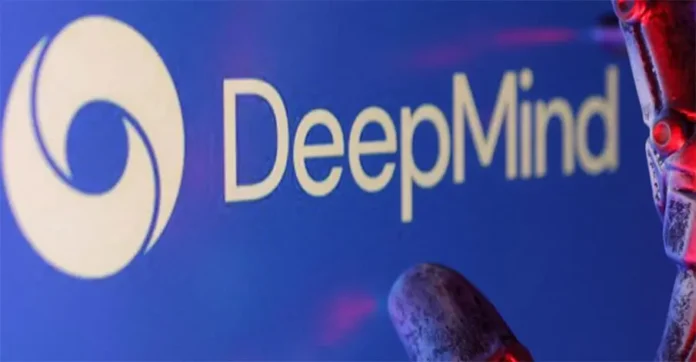
Google DeepMind has announced the launch of Genie 3, its most powerful world model to date—pushing the boundaries of how AI can perceive, simulate, and interact with dynamic environments. A significant upgrade over its predecessor, Genie 3 can generate fully interactive 3D worlds from a simple text prompt, running in real time at 24 frames per second and 720p resolution.
What truly sets Genie 3 apart is its ability to retain and reason about long-term contextual details—a critical step toward creating more grounded, intelligent AI agents. Whether it’s the layout of a room, the position of objects, or subtle lighting conditions, the model can remember and maintain those details even after they’ve gone out of view, allowing for more immersive and consistent virtual environments.
This memory capacity enables more natural exploration by users or AI agents, as the environments behave with a level of realism and continuity not previously achievable. Genie 3 also introduces dynamic world editing, allowing users to change weather conditions, introduce new characters, or modify terrain on the fly—all through simple natural language prompts.
Currently, Genie 3 is in limited preview, available to select researchers and digital creators, who are testing its capabilities in gaming, simulation, training environments, and beyond. DeepMind sees the model as a foundational tool for building the next generation of embodied AI systems—and possibly laying the groundwork for Artificial General Intelligence (AGI).
The announcement has sparked excitement across the AI community, with many experts viewing Genie 3 as a bridge between large language models and fully interactive, embodied intelligence. With this leap, DeepMind continues to pioneer advances that blend perception, memory, and real-world logic in increasingly human-like ways.
As AI systems evolve from static outputs to persistent, reactive simulations, Genie 3 offers a glimpse into a future where virtual environments are not only generated—but understood.





